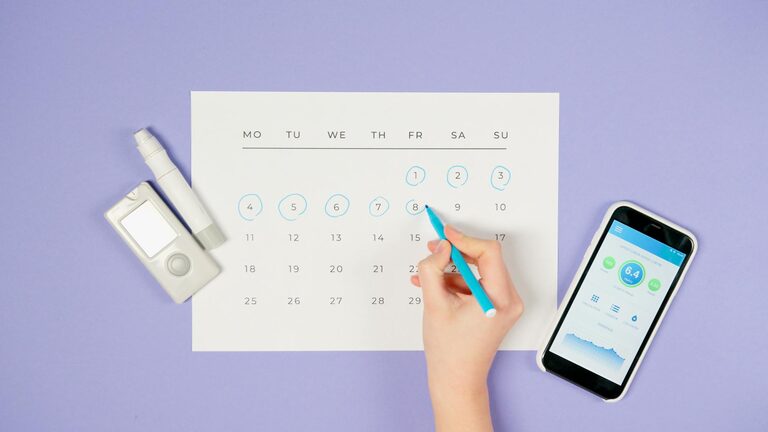
In today’s digital age, screens have become an integral part of our lives. Whether for work, study, or entertainment, many of us spend hours each day in front of computers, tablets, and smartphones. While screens offer convenience and connectivity, prolonged use can lead to eye discomfort and strain. Protecting your eyes during screen time is essential for comfort and long-term vision health. In this post, we’ll explore practical tips that anyone can follow to keep their eyes happy and healthy.
Understanding the Impact of Screen Time on Your Eyes
Before diving into prevention, it helps to understand why screens can cause eye strain. When you focus on a screen, your eyes tend to blink less often—sometimes only a third of the normal rate. This reduced blinking can dry out your eyes, leading to irritation. In addition, staring at close-up screens means your eye muscles work harder to focus, which can cause fatigue.
Other factors include screen glare, poor lighting, improper viewing distance, and blue light emitted from digital devices. All these contribute to what’s commonly called Digital Eye Strain or Computer Vision Syndrome.
Tips for Reducing Eye Strain During Screen Use
1. Follow the 20-20-20 Rule
Every 20 minutes, take a 20-second break to look at something 20 feet away. This simple habit relaxes the focusing muscles in your eyes and helps prevent fatigue. Setting a timer or using reminder apps can make this easier to remember.
2. Adjust Your Screen Settings
Optimizing your screen’s brightness, contrast, and color settings can reduce strain:
– Brightness: Match the brightness of your screen to your environment. Too bright or too dim screens can tire your eyes.
– Text Size and Contrast: Increase text size for easier reading and use high contrast between text and background.
– Reduce Blue Light: Use “night mode” or blue light filters available on many devices to lessen blue light exposure, especially in the evening.
3. Maintain Proper Screen Position and Distance
How you set up your workstation matters:
– Keep the screen about an arm’s length (20-24 inches) away.
– Position the screen slightly below eye level to reduce eye muscle strain.
– Tilt the screen to avoid glare from overhead lights or windows.
4. Create an Ergonomic Workspace
A comfortable and well-lit work area supports good posture and reduces the need to squint or lean in:
– Use adjustable chairs and desks.
– Position lighting to avoid glare but provide enough ambient light.
– Consider using an anti-glare screen protector if reflections are a problem.
5. Remember to Blink Often
Blinking moistens your eyes and prevents dryness. Due to reduced blink rates during screen use, consciously blink more frequently, or try blinking exercises to refresh your eyes.
6. Take Frequent Breaks
Beyond the 20-20-20 rule, it’s important to stand and move around regularly. Every hour, take a 5-10 minute break away from the screen. Stretching and changing focus helps both your eyes and overall well-being.
7. Use Artificial Tears if Needed
If your eyes feel dry or irritated, over-the-counter lubricating eye drops can help. Consult an eye care professional for recommendations suited to your needs.
Lifestyle Habits to Support Eye Health
Maintain a Balanced Diet
Nutrition plays a key role in eye health. Foods rich in vitamins A, C, and E, as well as omega-3 fatty acids, can support your vision. Consider including leafy green vegetables, carrots, citrus fruits, nuts, and fish in your diet.
Stay Hydrated
Drinking enough water keeps your eyes and body hydrated, reducing dryness and irritation.
Get Regular Eye Exams
Routine check-ups with an eye care professional ensure your vision is monitored and any issues are caught early. Inform your eye doctor about your screen habits so they can offer tailored advice.
Conclusion
While screen time is often unavoidable, simple adjustments to your habits and environment can significantly reduce eye strain and protect your vision. By following the tips above, you’ll not only feel more comfortable during your screen sessions but also promote long-term eye health. Remember, small changes can make a big difference!
Feel free to share your own tips or experiences with eye care during screen use in the comments below. Your eyes will thank you!
